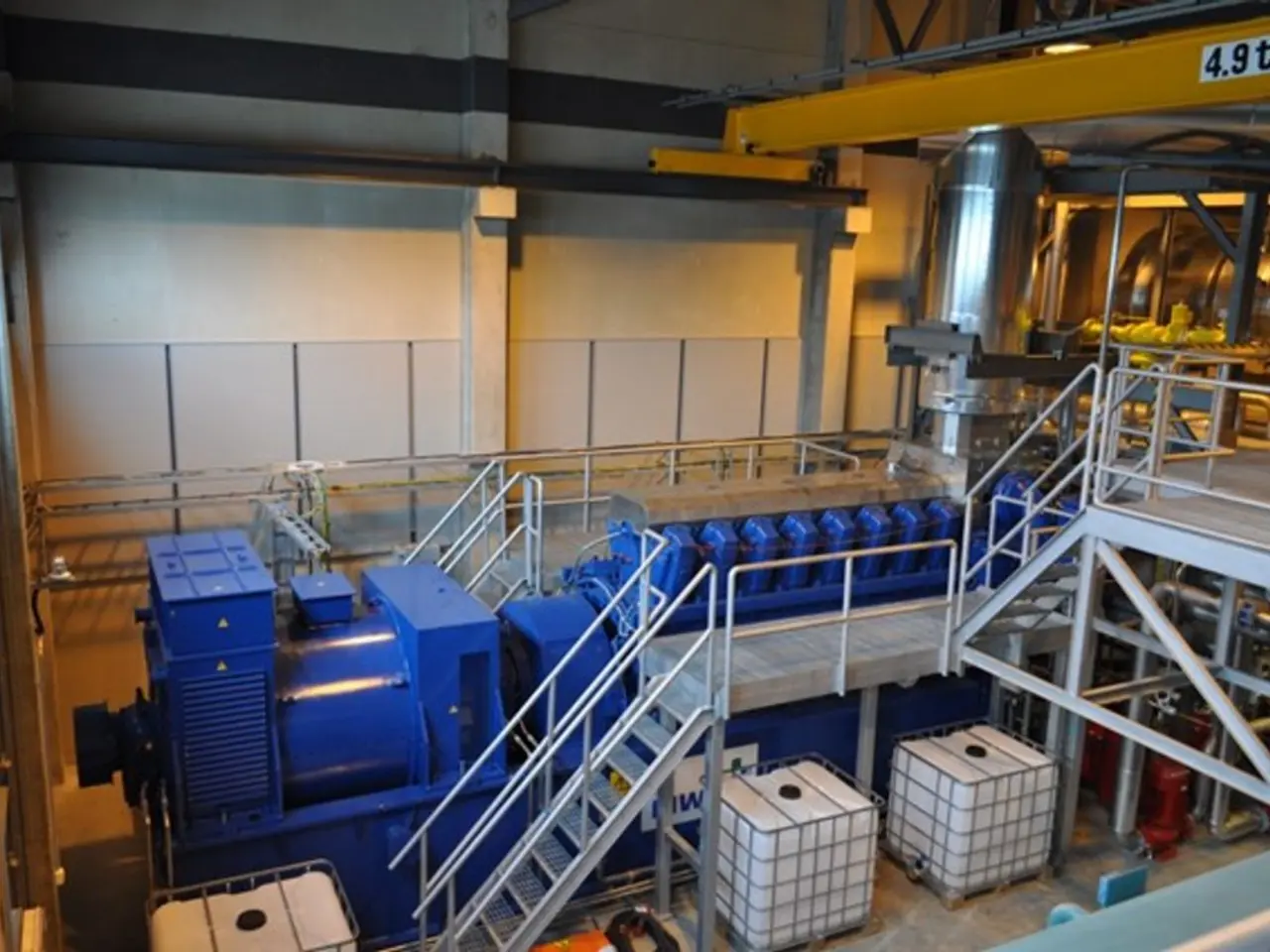Top 4 Materials Proving Popular for Warehouse Building Construction
In the realm of modern warehouse construction, four key materials stand out for their durability, efficiency, and adaptability: steel, concrete, insulated panels, and masonry or composite wall systems. Each material offers unique benefits that contribute to the overall success of warehouse buildings.
Steel, with its exceptional strength and flexibility, is a popular choice due to its ability to support modular layouts, mezzanine systems, and pre-engineered buildings. Its load-bearing capacity enables efficient use of vertical space, enhancing storage without major structural changes. Steel is also cost-effective and durable, making it ideal for protecting valuable inventory and adapting to future expansions.
Concrete, used primarily for foundations, walls, and sometimes roofs, offers excellent fire resistance and thermal mass, improving safety and energy efficiency. Precast or tilt-up concrete panels speed construction while maintaining strength. Concrete is preferred for warehouse floors and walls due to its strength, adaptability, and ability to handle heavy machinery without cracking or sinking.
Insulated panels, critical for cold storage warehouses, improve energy efficiency by maintaining consistent interior climate. They reduce heating and cooling costs and support temperature-sensitive storage needs. These panels also contribute to better thermal performance across various warehouse types. Insulated panels are pre-fabricated, lightweight, and easy to install, contributing to faster construction.
Depending on functional requirements, warehouse walls may be built from masonry, metal panels, precast concrete, or composite systems. These materials offer durability, environmental resistance, and flexibility in design, providing structural integrity and protection from external elements.
Together, these materials ensure warehouses are durable, secure, adaptable to different storage needs, energy-efficient, and cost-effective to build and maintain. Steel structures allow for fast construction and flexible internal configurations, concrete offers strength and fire resistance, insulated panels optimize climate control, and diverse wall materials provide tailored protection and aesthetics for varied warehouse functions.
High-strength steel, reinforced concrete, and insulated panels are the most reliable materials for durable warehouse construction projects. Insulated panels are durable and have low maintenance requirements, making them an efficient and sustainable choice for modern warehouses. Insulated panels offer energy-efficient solutions for warehouses, maintaining consistent interior temperatures and reducing energy consumption.
Fire-resistant materials such as fire-rated concrete, gypsum boards, and intumescent coatings are essential for warehouses to minimize risks and protect assets. Specialized flooring and compartmentalization solutions enhance fire containment, ensuring damage remains localized. Selecting materials that resist corrosion, maintain structural stability, and support energy-efficient solutions enhances warehouse performance.
Insulated panels also improve acoustic insulation, creating quieter spaces that enhance worker productivity. Steel's capacity to integrate with other materials like insulated panels or concrete further enhances its utility in warehouse projects.
For a total building solution tailored to your needs, a website offers services ranging from structural assessments to construction oversight. The services are designed to meet the demands of Florida's changing regulations and help create a safe, long-lasting warehouse space. Steel's lightweight nature simplifies transportation and assembly, speeding up construction timelines.
In conclusion, these essential construction materials play a crucial role in ensuring the durability, efficiency, and functionality of warehouse buildings. By choosing the right materials, warehouse owners can create safe, adaptable, and cost-effective spaces that support diverse activities and protect valuable assets.
In the event that a custom warehouse design involves stone materials, options such as masonry or composite wall systems could be considered, as these offer durability and environmental resistance, ensuring structural integrity and protection from external elements. The manufacturing industry plays a significant role in supplying these materials, providing a range of stone products suitable for various warehouse functions.
The finance aspect comes into play when evaluating the cost-effectiveness of different materials. For instance, while stone might be more expensive upfront, its inherent durability reduces long-term maintenance costs, making it a worthwhile investment for warehouse owners seeking a sustainable and long-lasting solution.
Moreover, the use of fire-resistant materials such as fire-rated concrete, gypsum boards, and intumescent coatings is essential for a warehouse's safety and asset protection. These materials, along with specialized flooring and compartmentalization solutions, contribute to the minimization of fire risks and the enhancement of fire containment, thereby protecting the warehouse's investments and ensuring overall success.




